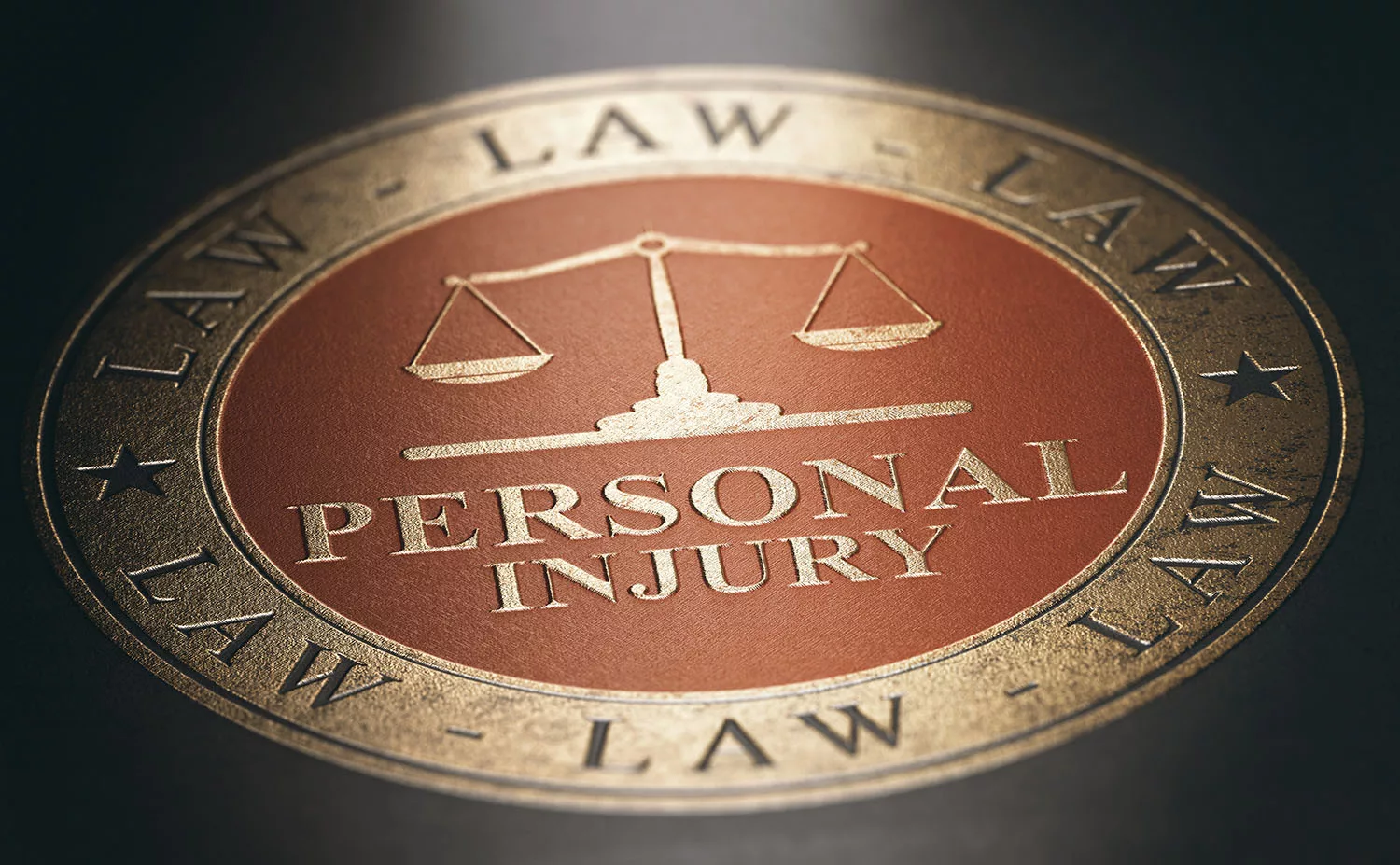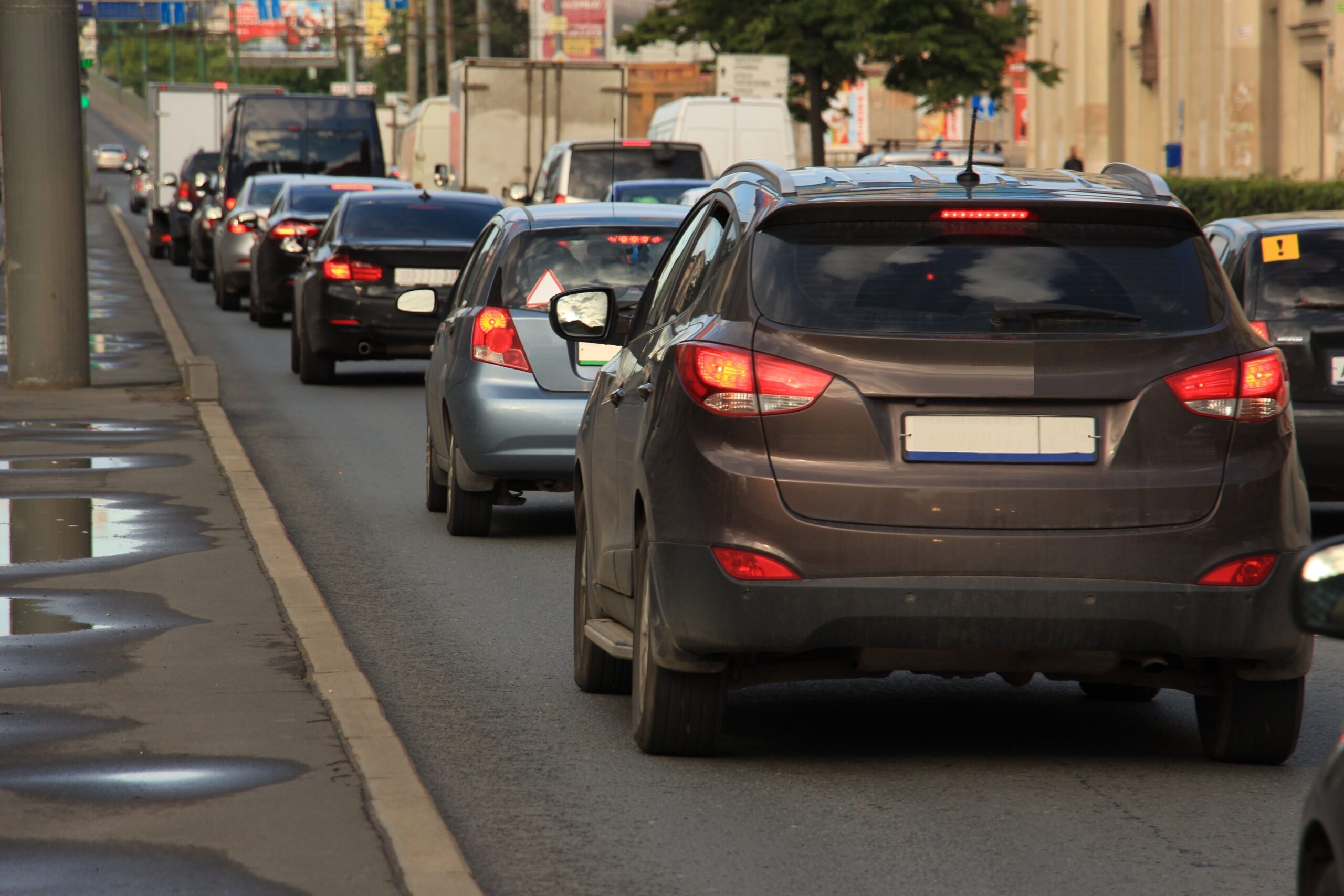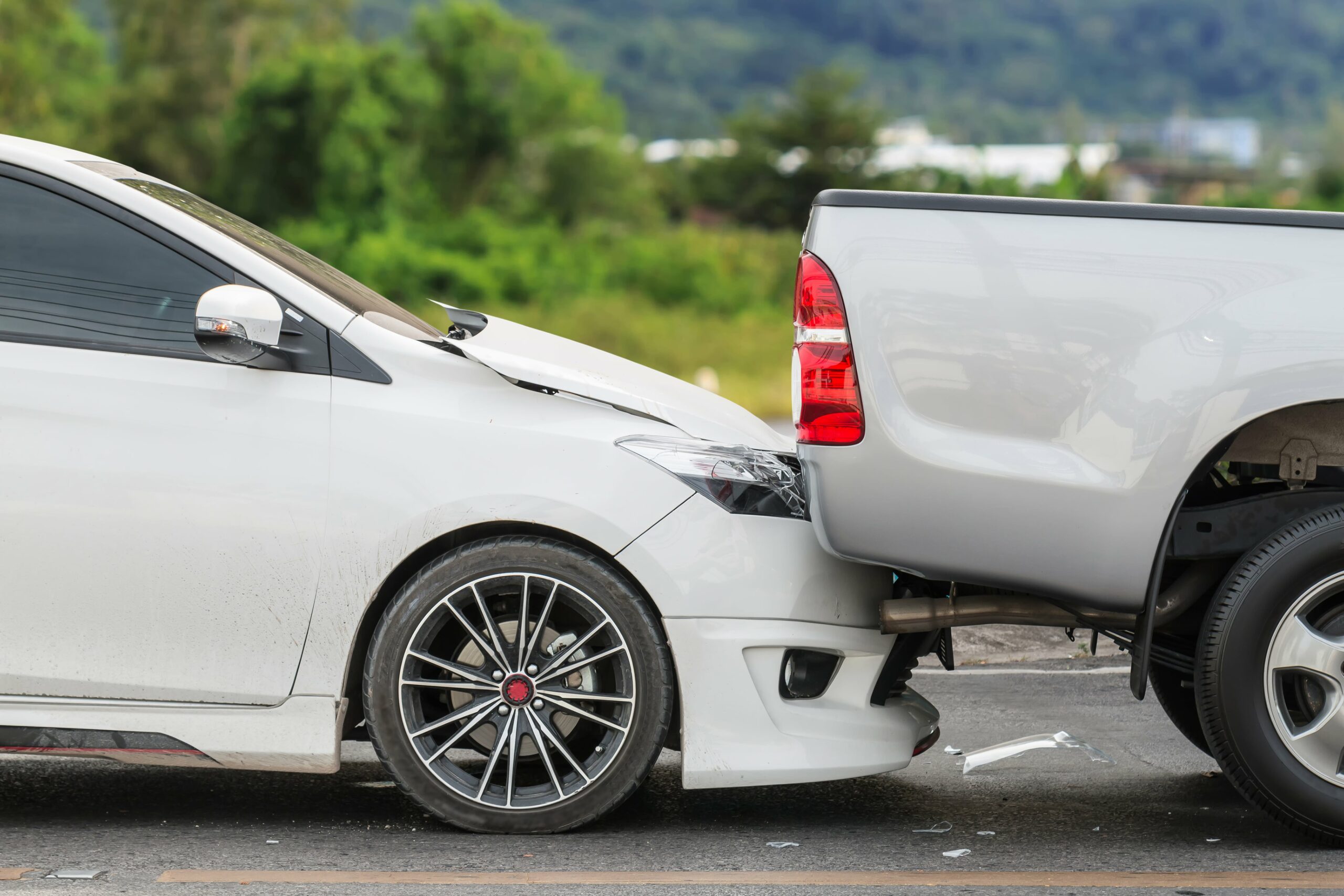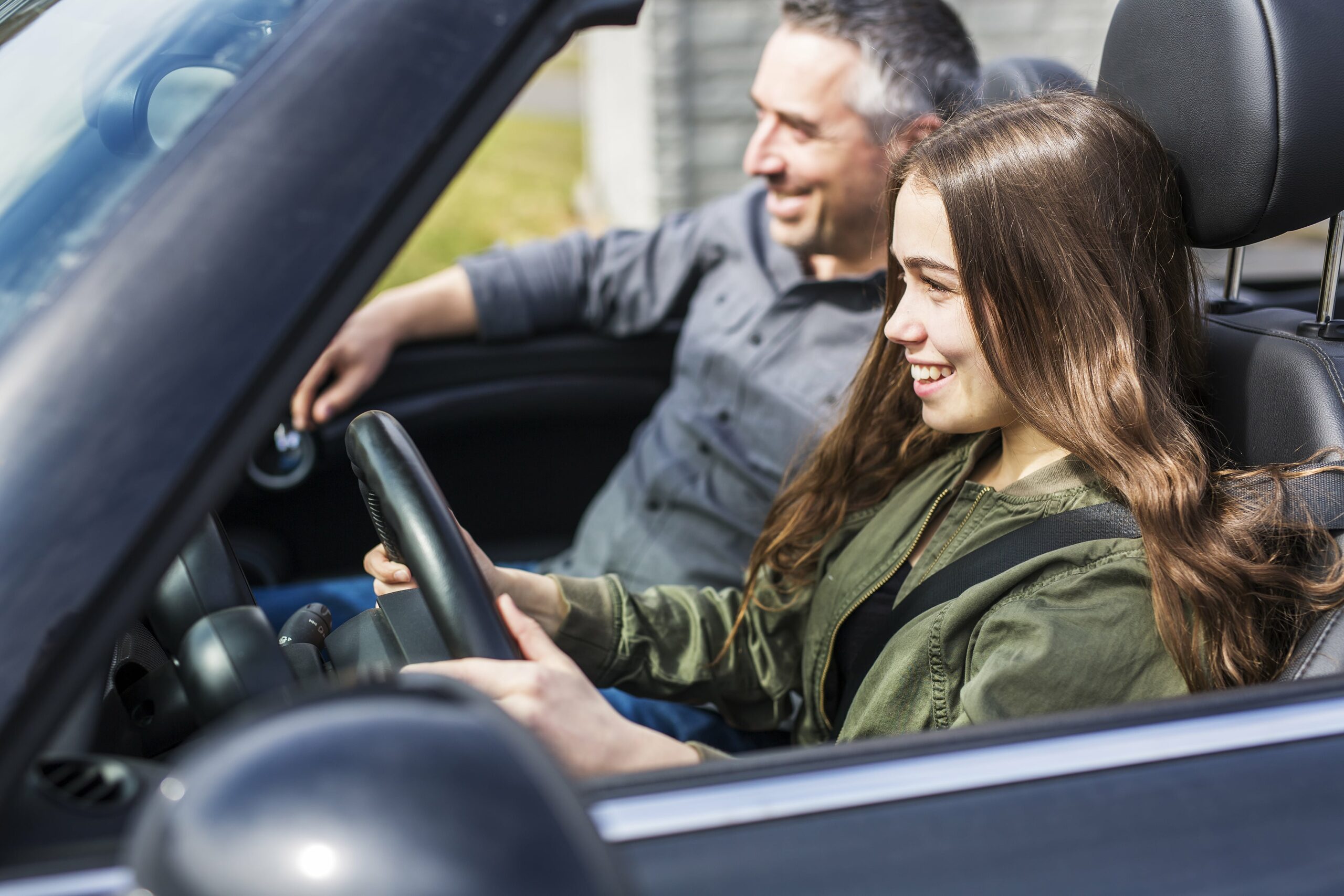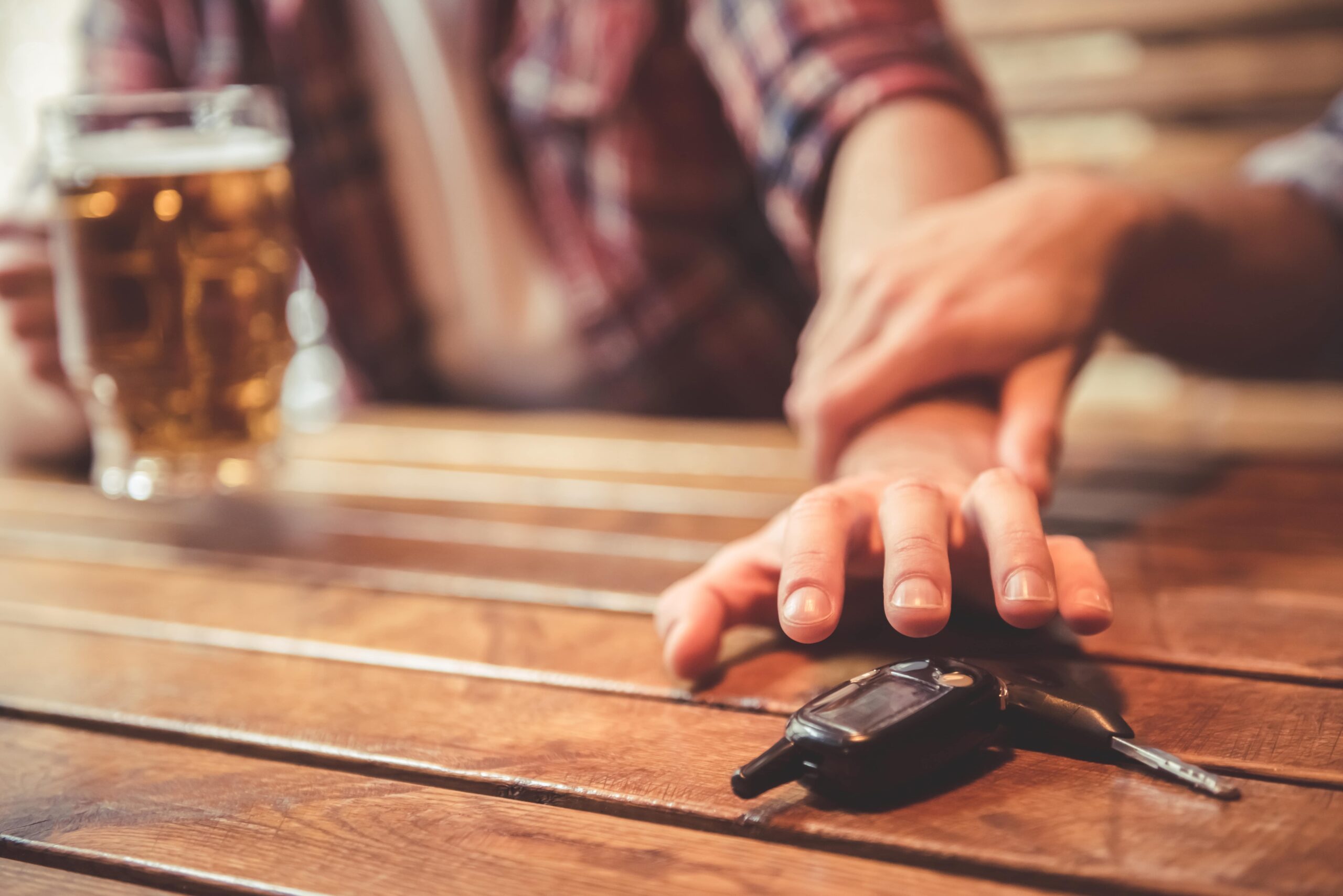Table of Contents
Generally, a person who is walking across the street has the right of way in that they are the more vulnerable one between the vehicle and themselves. In a typical accident involving a vehicle hitting a pedestrian, the driver is assumed to be more at fault. There are, however, exceptions in some cases, where the pedestrian can be fully or partially at fault in a vehicle-pedestrian accident. There are various factors that need to be looked over that helps us to determine who is at fault in these incidents. In which case, your pedestrian accident lawyer in Brownsville will have to help be a determiner in these scenarios.
Determining who is at fault
To determine who is at fault, the case will need to be carefully evaluated. In considering the pedestrian at fault partially or possibly even fully, several conditions will need to be met.
Whenever the driver is considered in these situations, they have what is called, a duty of reasonable care (or due care). This means that a cautious driver is assumed to have control over their vehicle and should be expected to always show extra caution when any pedestrians are nearby the area where they are driving.
Let’s go over a few of the scenarios in with the pedestrian can be considered fully to blame in an accident involving a vehicle.
• Jaywalking
o Jaywalking is when a pedestrian crosses in the middle of the street where there is no indication that it is a safe cross walking section for people to be crossing the road. When a pedestrian crosses the street and doesn’t use the crosswalk, they are determined to be putting themselves and others in danger as it is not an advised area or time in which they should be crossing the street. It is possible, however, for the driver to also receive partial blame in these situations.
• Walking in prohibited areas
o If a pedestrian is walking where they are not supposed to, such as a bridge or a major highway, they can be determined as fully to blame in said incidents.
• Crossing when a traffic signal has warned them not to
o Whenever a traffic signal indicates that the pedestrian should not cross, the reason is that one of the lights is green, meaning that cars can come from different directions and over the crosswalk intersecting with a pedestrian.
• Entering traffic while intoxicated
o When a pedestrian walks into traffic while or because they are intoxicated, it will generally be assumed that they are at fault, as it would be difficult for the driver to be blamed from the impaired judgment of the inebriated pedestrian.
When both parties are to blame: Comparative Negligence
There are some cases in which even though the pedestrian is at fault, the driver will also take some of the blame. This is typical if the driver was distracted while driving, or speeding, etc. The outcome of these cases is usually that the injured pedestrian will be entitled to receive compensation from the driver at fault, but they will not be entitled to full compensation in that they are still receiving partial blame in the incident.
When both parties are to blame: Contributory Negligence
In these cases, it will be determined that both the pedestrian and the driver are considered partially responsible for the accident that took place, but that neither one party is able to file a liability claim against the other. Both parties will be held responsible for their own injuries and damages as a result of the incident.
If you have found yourself involved in a pedestrian-vehicle accident, you are likely looking for a trusted Brownsville personal injury law firm to assist you in your case. Here at Green Law firm, we will be the trusted, reliable, and knowledgeable team that you need. After the assessment, a lawyer will be specially picked for you and your unique case. Contact us today and let us help you to get things back on the right track.

